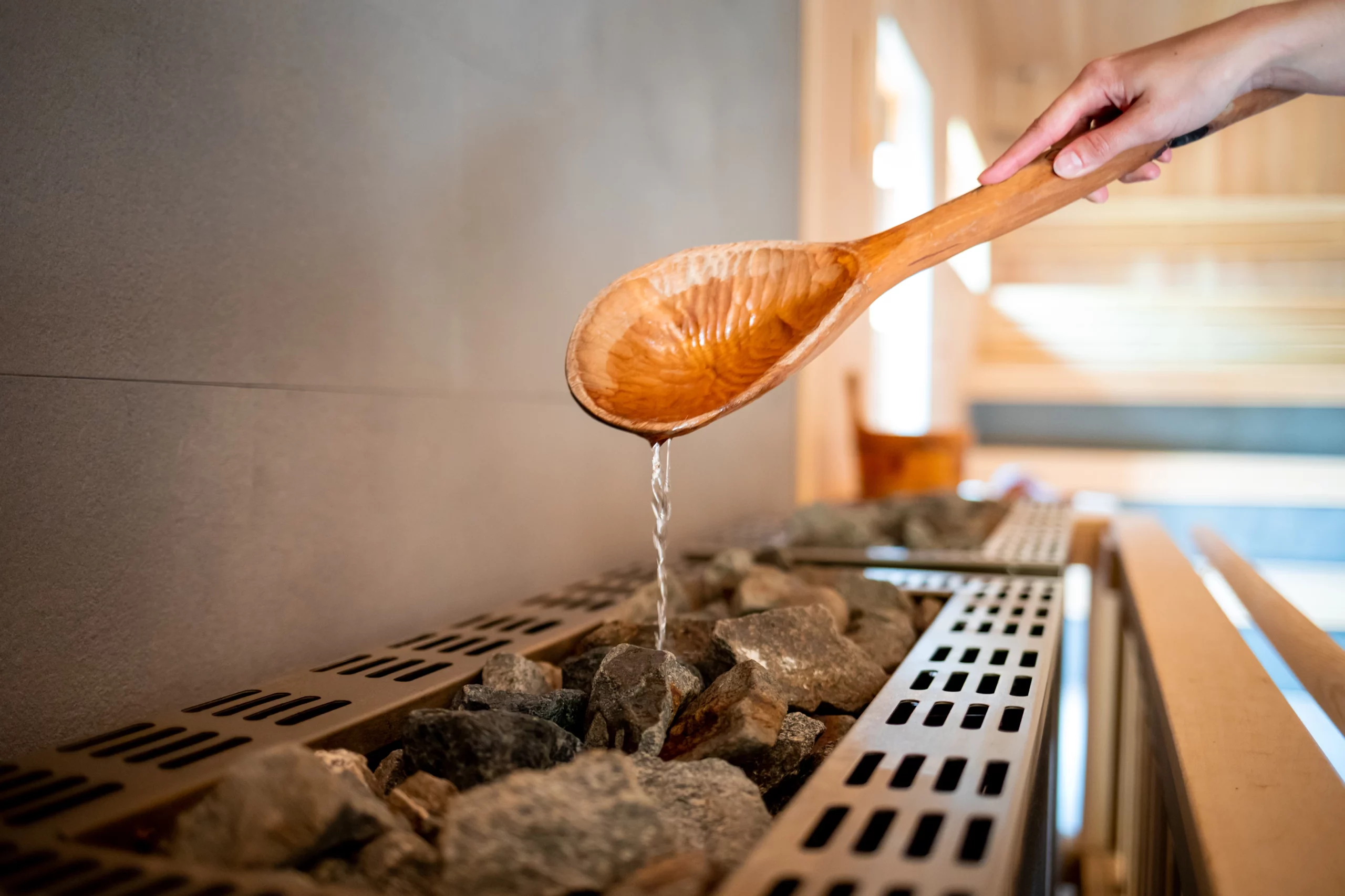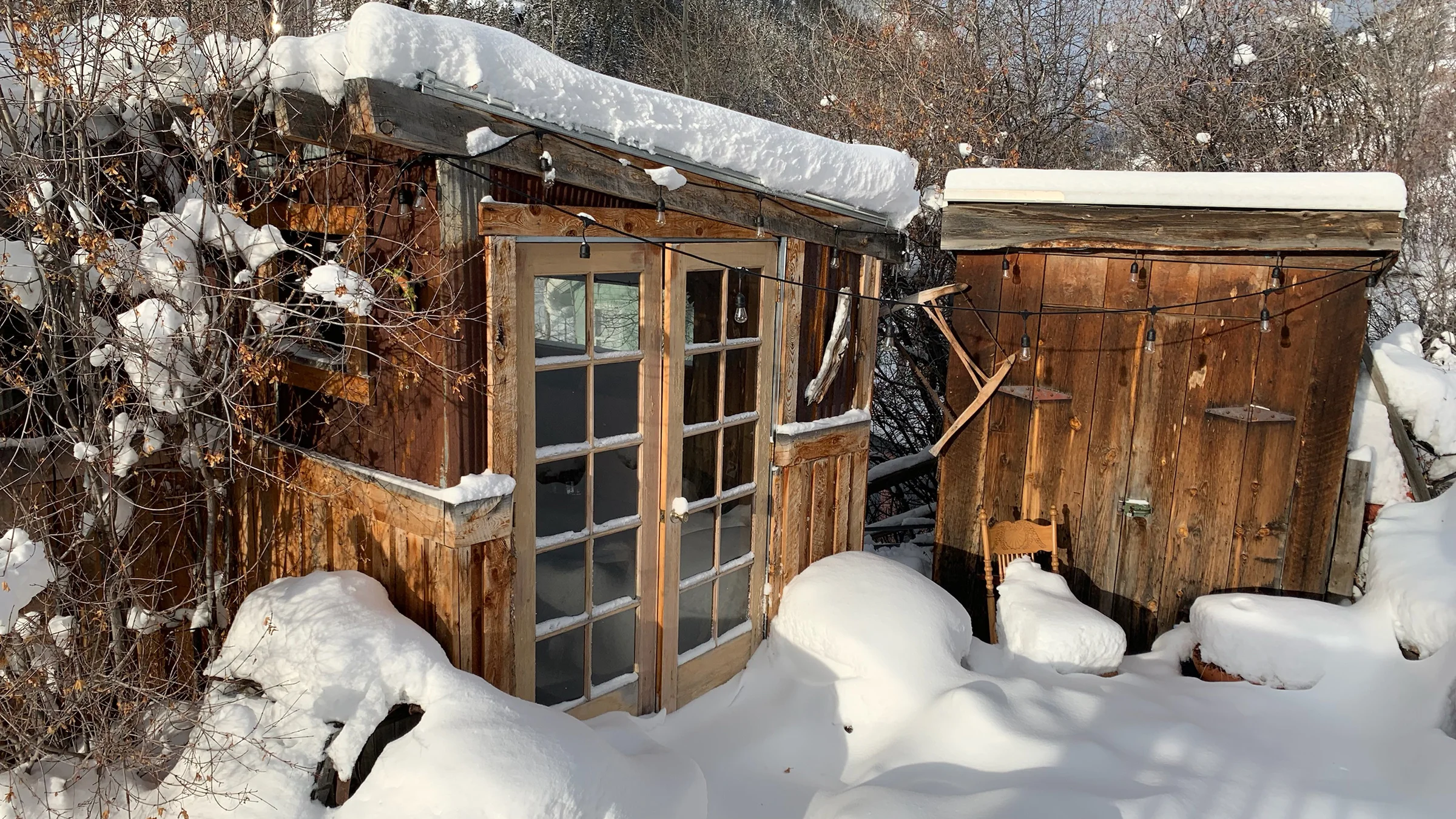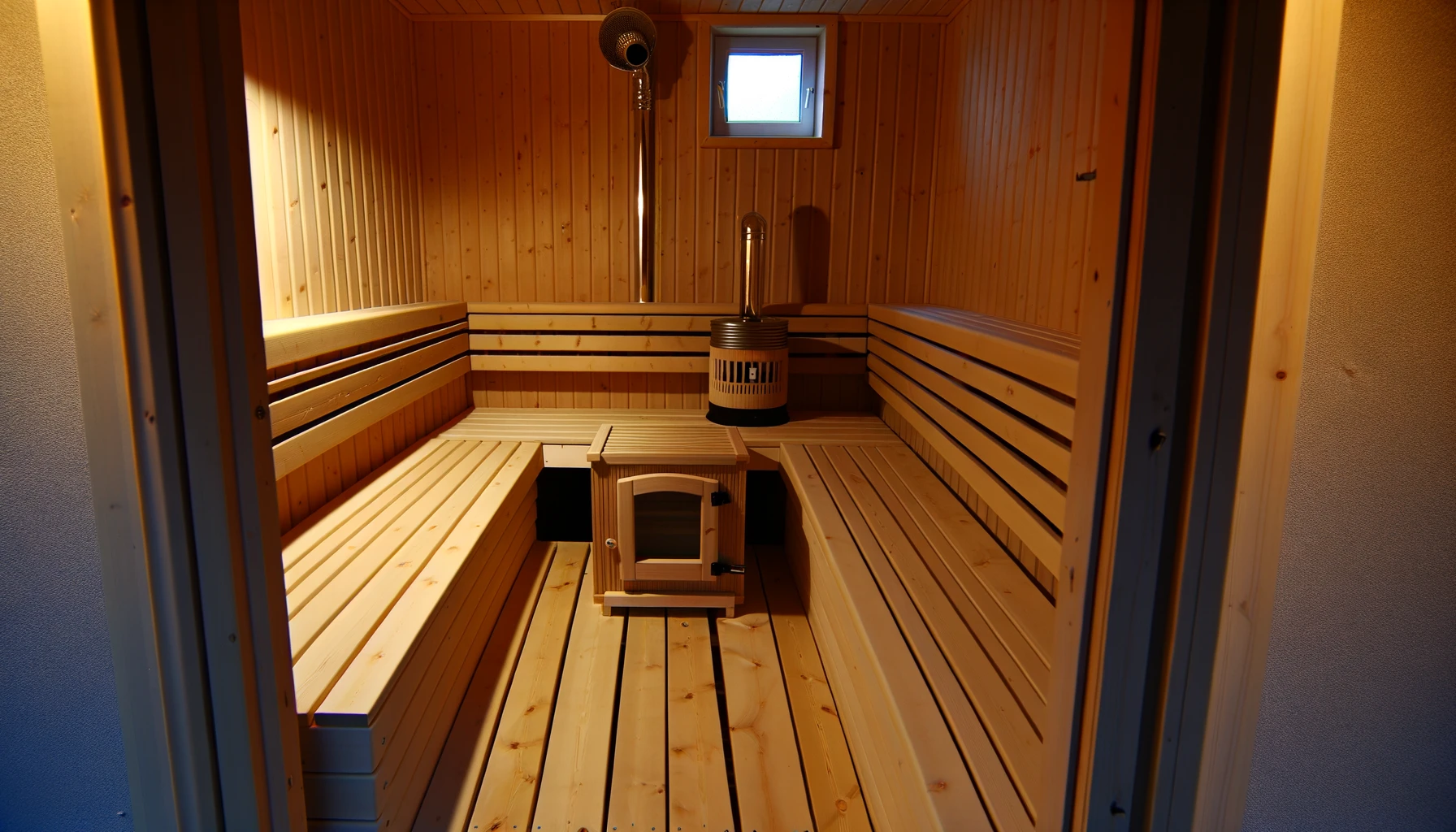Did you know that sauna stones should be replaced every 1 to 2 years for optimal performance and due to aging? Learning how to replace sauna stones is essential for maintaining a safe and effective sauna experience. In this guide, we will walk you through the simple steps to swap out old stones with new ones, ensuring your sauna operates efficiently and produces the desired heat and steam. Whether you’re a sauna enthusiast or a first-time sauna owner, mastering the art of replacing sauna stones will prolong the lifespan of your sauna and enhance your overall relaxation experience.
Key Takeaways
- Regularly check sauna stones: Inspect your sauna stones periodically to identify any signs of wear or damage.
- Thorough cleaning is essential: Clean the sauna stones before replacement to ensure optimal heat retention and longevity.
- Select quality replacement stones: Choose high-quality sauna stones that can withstand high temperatures and distribute heat effectively.
- Proper installation is key: Follow a step-by-step guide for replacing sauna stones to ensure safety and efficiency.
- Maintain post-replacement care: After replacing sauna stones, monitor their condition and cleanliness for consistent sauna performance.
- Safety first: Always prioritize safety measures when handling hot sauna stones to prevent injuries or accidents.
Understanding Sauna Stones
Importance of Stone Replacement
Sauna stones play a crucial role in maintaining the optimal performance of your sauna. Degraded stones can hinder heat distribution, affecting the overall sauna experience. Using worn-out stones poses safety risks, such as potential cracking or even exploding due to extreme temperatures. Regularly replacing stones is essential to ensure a safe and enjoyable sauna session.
Types of Sauna Stones
The choice between vulcanite and calcareous sauna stones depends on the type of heater used. Electric heaters require vulcanite stones, known for their durability and ability to withstand high temperatures. Wood-burning heaters, on the other hand, are best paired with calcareous stones due to their excellent heat retention properties. Opting for quality-controlled stones is vital to prevent any impurities from affecting the sauna environment. When selecting natural stones, consider the various sizes and types available to suit your preferences.
When to Replace Stones
Recognizing the signs that indicate stone replacement is crucial for maintaining an efficient sauna. Cracked or crumbling stones, reduced heat output, and unusual odors are clear indicators that it’s time to replace the sauna stones. The frequency of use and exposure to water directly impact the lifespan of the stones. Timely replacement is necessary to ensure consistent heat distribution and prevent any safety hazards in the sauna.
Preparing for Replacement
Assessing Stone Condition
To determine if sauna stones need replacement, conduct a simple test by checking for signs of wear and tear. Look out for cracks, discoloration, or crumbling as indicators of worn-out stones. Inspecting stones is crucial before deciding on replacement to ensure optimal sauna performance.
Choosing the Right Stones
Size Matters
Stone size is crucial based on the type of heater in use. Electric heaters require smaller stones, while wood-burning heaters need larger ones. The ideal sizes vary for different heaters, impacting heating efficiency significantly in saunas.
Quality Counts
Using high-quality sauna stones is essential to ensure longevity and safety. Select stones free of dangerous minerals to prevent health risks. Stones that can withstand high temperatures safely are vital for efficient sauna operation.
Calculating Quantity
When determining the amount of stones needed, consider factors like sauna size and heater capacity. Sauna stones typically weigh between 10-15 pounds for most heaters. It’s advisable to purchase an extra box of stones for future replacements to avoid interruptions in sauna sessions.
Removal and Cleaning Process
Emptying the Heater
To remove old stones from the heater, start by turning off the power and allowing it to cool. Carefully take out the stones, ensuring not to damage the heating elements. Proper disposal or recycling of old stones is crucial to minimize environmental impact. When emptying the heater, wear protective gear like gloves and goggles for safety.
Cleaning the Heater
When cleaning the interior of the heater, begin by removing any debris or ash. Use a soft brush to scrub away residue gently. It’s essential to wear protective gear like a mask to avoid inhaling dust particles. Always ensure that the heater is turned off before starting any maintenance work to prevent accidents.
Inspecting Heater Integrity
Before adding new stones, inspect the heater’s condition thoroughly. Check for any signs of damage or wear, such as cracks or rust. Regular inspections are vital in maintaining the heater’s functionality and extending its lifespan. By conducting routine checks, you can address any issues promptly and ensure optimal performance.
Preparing New Stones
Rinsing Stones
When preparing new stones, it is crucial to rinse them thoroughly before placing them in the heater. Removing any dust or debris from the new stones is essential to ensure optimal sauna performance. Make sure the stones are clean before stacking them for use.
ting Stones
To maintain efficiency and longevity, sort stones based on size and quality. Organizing stones before stacking them in the heater enhances heating efficiency. Proper stone sorting has a significant impact on how effectively the sauna heats up.
The Replacement Procedure
Stacking Stones Properly
When replacing sauna stones for electric heaters, it is crucial to stack them correctly. Start by placing the larger stones at the bottom and gradually adding smaller ones on top. This stacking method ensures even heat distribution during sauna sessions.
Leaving vertical air space between the stones is essential for efficient heating. This gap allows hot air to circulate evenly around the stones, maximizing their heat retention capacity. Properly stacked stones contribute significantly to a consistent and enjoyable sauna experience.
Preventing damage to the heating elements is paramount when stacking stones. Placing the stones too close to the heating elements can lead to overheating and potential malfunctions. By maintaining a safe distance between the stones and the heating elements, you ensure the longevity of your sauna equipment.
Testing Before Use
Testing the heater after replacing stones is a critical step in ensuring its functionality. Before using the sauna, conduct a test run to verify that the new stones are properly placed and heating effectively. This test ensures that your sauna operates optimally and provides the desired level of warmth.
Ensuring the stones are properly placed guarantees optimal heating efficiency. Misaligned or incorrectly stacked stones can lead to uneven heating and reduced performance. By testing the sauna before use, you can identify any issues with stone placement and make adjustments as needed.
Conducting a test run before using the sauna offers several benefits. It allows you to confirm that the stones are heating up uniformly, creating a comfortable sauna environment. Testing before regular use helps detect any potential issues early on, preventing disruptions during future sauna sessions.
Post-Replacement Steps
Cleanup and Recycling
After replacing sauna stones, it is crucial to ensure proper cleanup to maintain a hygienic environment. Removing debris and dust is essential for safety and air quality. Consider using a vacuum or a broom for thorough cleaning.
Recycling old sauna stones offers an eco-friendly solution. One option is to repurpose the stones in landscaping projects or as decorative elements. Another alternative is to donate them to others in need of sauna stones. Recycling helps reduce waste and benefits the environment.
- Proper cleanup maintains hygiene
- Recycling old stones is eco-friendly
Enjoying Your Sauna
Replacing sauna stones not only ensures functionality but also enhances the overall experience. A well-maintained sauna with new stones provides satisfaction and relaxation. The improved heat retention creates a more enjoyable sauna session.
The enhanced sauna experience after replacing stones includes better heat distribution and steam generation. This results in a more effective and rejuvenating sauna session. Regular maintenance, including stone replacement, is key to prolonging the enjoyment of your sauna.
- Well-maintained sauna offers satisfaction
- Enhanced heat distribution improves experience
Closing Thoughts
You’ve now mastered the art of replacing sauna stones. By understanding the process, preparing meticulously, and executing the replacement correctly, you’ve ensured your sauna’s longevity and optimal performance. Remember to follow the post-replacement steps diligently to maintain your sauna stones’ quality and keep enjoying a relaxing sauna experience.
Take action now! Apply these steps to replace your sauna stones confidently, ensuring your sauna remains a haven of relaxation and wellness for years to come. Your diligence in maintaining your sauna will reward you with countless rejuvenating sessions. Keep up the good work!
Frequently Asked Questions
How often should sauna stones be replaced?
Sauna stones should be replaced every 1 to 2 years, depending on usage. Over time, the stones can deteriorate due to heat exposure and need to be refreshed for optimal sauna performance.
What are the signs that indicate sauna stones need replacing?
Signs such as reduced steam production, unusual odors, or disintegration of stones indicate it’s time for replacement. Keeping an eye out for these signals ensures your sauna continues to function effectively.
Can any type of stones be used as replacements in a sauna?
No, not all stones are suitable for saunas. It’s crucial to use specific sauna stones like igneous rocks that can withstand high temperatures without cracking or exploding during use.
How should new sauna stones be prepared before installation?
Before installing new stones, rinse them thoroughly to remove any dust or debris. Then, allow the stones to dry completely to prevent excess steam when placed in the sauna, ensuring a smooth replacement process.
Is it necessary to clean the sauna heater during stone replacement?
Yes, cleaning the sauna heater during stone replacement is essential. Removing any accumulated debris or mineral deposits from the heater ensures efficient heat distribution and prolongs the lifespan of both the heater and the new stones.






